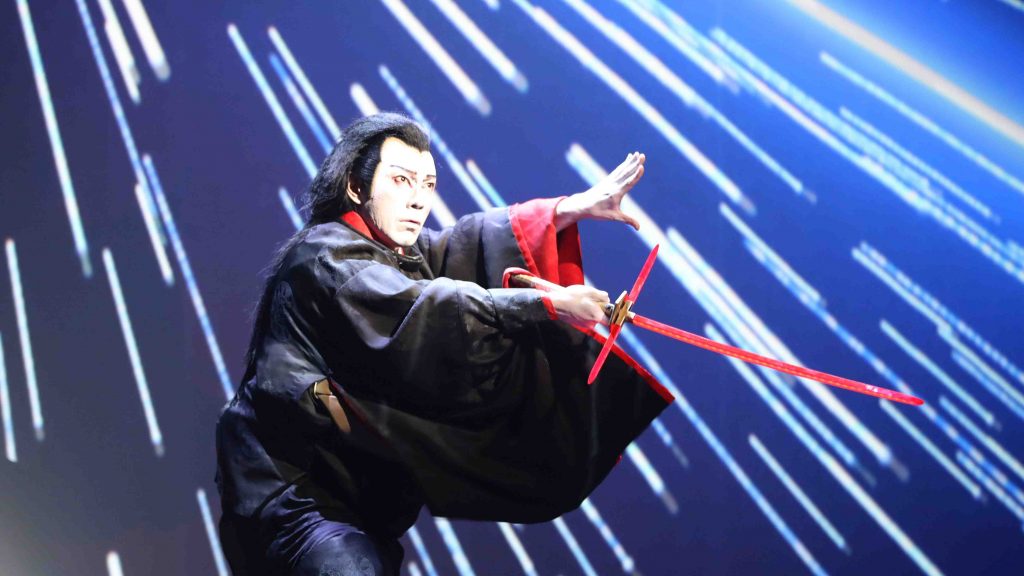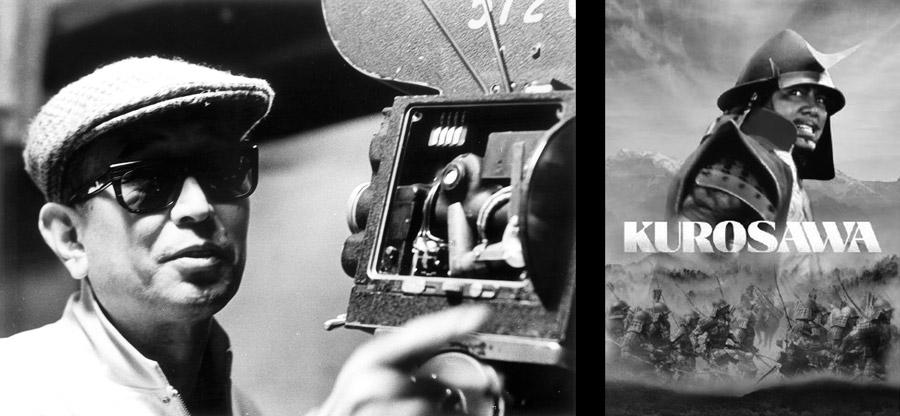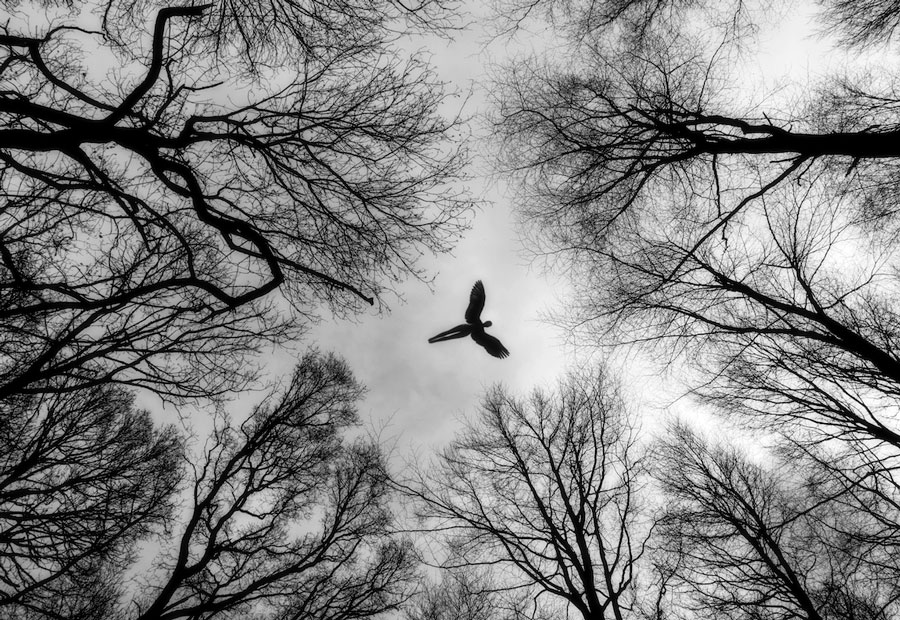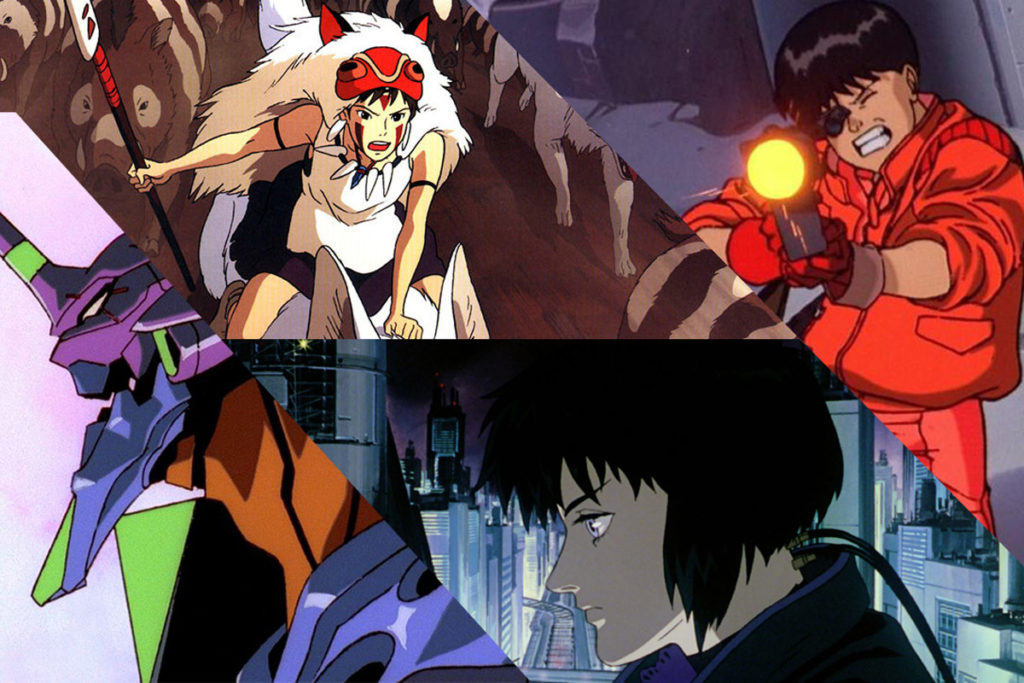A long time ago in a galaxy far, far away came a franchise loved by men and women of all ages across the world. Spanning multi-award-winning movies, TV series, books, spin-offs, and games as well as merchandise of all kinds, Star Wars is a gargantuan franchise in all of pop culture. It is possibly the most popular sci-fi franchise ever created. And in 2021, it extended its reach to another much-loved medium: anime.
Stretching over nine animated short films, Star Wars: Visions is a reimagination of the space adventure that we know and love. Many popular Japanese animation studios took part in the project, among them being Production I.G. (Haikyuu, Psycho-Pass), Science Saru (Eizouken, Heike Monogatari, Devilman Crybaby), Kinema Citrus (Made in Abyss, Shield Hero), Trigger (Kill la Kill, Darling in the FranXX), and Geno Studio (Golden Kamuy). Suffice to say, some real heavyweights in the anime industry took part in this project as seen by all the popular anime mentioned above. So how did this project start in the first place?
Japan’s Influence on StarWars
Believe it or not, renowned Japanese filmmaker Akira Kurosawa and Japanese mythology were both integral to the creation of Star Wars. Creator George Lucas himself has mentioned his respect and adoration for the man at the forefront of the Golden Age of Japanese Cinema and took many ideas for his space epic.
In addition to this, Kathy Kennedy, current president of Lucasfilms, was also a huge fan and admirer of Hayao Miyazaki’s (Studio Ghibli) works. It was only a matter of time before Star Wars became an anime, as Lucasfilm partnered up with many popular Japanese studios and famous voice actors to create a literal anime “vision” of Star Wars. The goal of this project was always to make it look and feel like an authentic Japanese anime, hence allowing the studios to come up with their very own interpretations and spin-offs of the franchise’s lore.
A Match Made in Heaven

Star Wars and Anime also seemed to be a match made in heaven, as in watching and analyzing the former, Akira Kurosawa’s concepts and DNA seem to be deeply rooted in the franchise. Story parallels between this and Kurosawa’s films of Seven Samurai and Yojimbo are ever-present in the decisions characters make, as well as key plot points that pop up throughout the story. These have been sprinkled throughout the saga’s many episodes; to the untrained eye, one may not be able to see these parallels, but then these are ever-present and key factors in the seamless integration of the two.
Another similarity between the two is the different worlds that both suck the viewer into. World-building is a key trait that has made it easy to adapt Star Wars into a Japanese anime, as the galaxy that spans far and wide into space is just as colorful and fruitful as the various worlds and stories anime presents. Different conditions are presented in these worlds that have to be followed by the characters in these stories.
On top of this, aspects of cinematography, character-building, and sound design are also crucial aspects that make or break different forms of anime and movies. It just so happens that due to high production value and budget, Star Wars has always been an ace in this quality. Correlation between high budget and animation quality and production have also been noticeable throughout the years. All-in-all, the resulting product was bound to be a feasible hit.
Very distinct in their styles and stories, each episode is truly different from one another. Each studio was given creative freedom to craft its own unique take on the story. Technically not “canon” or part of the original Star Wars timeline, meaning each episode must be taken as a pilot.
Similarities between the two are solely the concept of Star Wars being an intergalactic universe, as well as the different races, technology, and rules. Fans of the franchise new to anime are allowed to slowly dip their feet into the world of the Japanese art form, as recognizable are the whirrs of lightsabers duels that take place.
Familiar places such as Tatooine, Stormtroopers and Galactic Order, and concepts such as Jedi and the Sith are all still part and parcel of the anime adaptation. Gone though, are the usual suspects mentioned in the mainstream episodes such as Luke and Anakin Skywalker, Han Solo, Princess Leia, and the rest of the gang. The bazooka-blasting bounty hunter Boba Fett is in it though, and maybe that’s all we needed anyway.
What to Expect
There was a wide variation of themes and tones set for each of the episodes in the anthology. You were exposed to a different scene, the cast of people, and plot points every time you tuned in to an episode. Not only that, a few of the endings were, to put it mildly, unexpected!
Without giving away any spoilers, some of the decisions characters made especially towards the end of some of the episodes were shocking (in a good way) choices made by the story writers, given how conservative and feel-good most, if not all endings were in the mainline movies.
One criticism, however, considering that they were only pilot episodes and merely a glimpse into the imaginations of each of the animation companies, the overall narratives were not as deep or complex as one would have hoped.
If given the chance to build upon these episodes, however, there may be a good chance of a successful season of that good Star Wars action we all know and love. As mentioned, although even more on-the-nose now, Japanese culture was placed sparingly across each of the episodes.
The overall animation and design of each of the episodes did not miss and definitely hit the spot, as each of the distinctive styles really hit the mark with their high-octane “sakuga” or highly-detailed anime sequences. Ahead are short discussions on each of the episodes including our thoughts! Spoilers ahead.
The Duel
The first episode of the Star Wars Visions centres on the Jedi and the Sith, but with a Japanese touch. Feudal Japan is pushed to the forefront as the primary setting, with katana-wielding Samurai as the key protagonists. Akira Kurosawa clearly had a huge influence on this episode, notably his classics Yojimbo and Seven Samurai.
The primary set piece in this movie is, you guessed it, a lightsaber battle between a ronin and bandit commander. Feast your eyes in this incredibly animated treat, as the whiffs and whirs of the lightsabers take centre stage.
Tatooine Rhapsody
In quite a curious take on the Star Wars franchise, a musical decides the fate of a character who wants to start a new band. Familiar figures are present in this non-canonical story, such as Boba Fett and a certain giant squirmy space worm act as the main antagonist in this story.
A young Hutt named Geezer is put under trial for abandoning his family, as Jay and a ragtag group of characters play their song in hopes of convincing the villains to let their friend and bandmate go. Wacky and bizarro, it is definitely a vision that one may not associate with the franchise at the very get-go.
The Twins
In perhaps the most recognizable juicy sakuga you will see throughout the series, The Twins possesses fight scenes only produced by Trigger. Any classic anime fan will recognize the smooth, buttery movements of the characters as they run, jump, and zip across the various settings. In another battle-based story, twins Karre and Am are trained by the dark side, as this vision puts the enemies in the forefront.
Destiny is the main theme here, as both characters battle to the death in order to overcome a mysterious fate that shrouds them. The main gripe Star Wars purists may have with this vision is how the heck these two engage in a fight with no space suits brandishing insanely long lightsabers. Goofy as it may be, it is definitely a fresh take on the lore of the technology and environments, in the series.
The Village Bride
The slow pace of this plot may turn off casual viewers, who may not be able to follow the action. F is charged with defending the town from the members of his own planet, which presents him with an internal moral conflict.
Save the innocent souls he has just met, or help those from his planet in their mission. The plot concludes in a fairly predictable fashion, with a problem introduced and resolved by some hack-and-slash action.
The Ninth Jedi
This episode has the most eye-catching title, and it undoubtedly conjures visions of grandeur and infinite possibilities. Unfortunately, due to the short length of Star Wars Visions episodes, storylines must be brief and not have enough world-building.
This is where the episode seems to fall short since, despite its lofty idea, the primary plot feels rushed and half-baked. It is, however, one with a very fascinating twist at the end, and is still worth a watch for the sheer thrill of a narrative centering on another young Padawan in the making.
Production IG did an excellent job animating the actors and set objects, especially in a sequence where the Protagonist is pursued and shot at by blasters. Unsurprising given that this studio is responsible for one of the finest sports animes of our time.
T0-B1
Picture this: The main story starring R2D2 fighting the Sith with his Jedi powers and use of the force. If that is something that interests you, this is exactly the episode to jump straight into.
The main premise is exactly that; a cybernetic boy tries to realize his dream and become a Jedi. There isn’t much else to say about this one, but Star Wars purists, you’ve been warned again, as it may not make sense for a cyborg to possess Jedi powers.
The Elder
In another episode animated by Trigger, The Elder follows a Jedi and his apprentice on their quest to take down an evil presence. In another straightforward episode, Jedi Tajin and his apprentice Dan pick up a disturbance in the force.
This episode spends a lot of time setting up the main antagonist in the tale, The Elder, to make the audience believe he is a force to be reckoned with as an extremely powerful ex-Sith. Unfortunately, the greatly anticipated build-up fell a little flat.
Lop & Ocho
This one is definitely one that’ll tug on your heartstrings. Lop & Ocho is about a close-knit family and the tough decisions they must make as evil approaches. Just how far will you go to keep your loved ones safe?
For Ocho, pledging allegiance is a no-brain solution in their day-to-day struggles, saying that it’d be much easier and safer that way.
Lop though, who was adopted and escaped slavery from the Empire thinks otherwise. In this story of moral gray areas, viewers are not only left to ruminate on which side is right, but must experience the utter heartbreak of this truly unfortunate situation that the characters are put into.
Akakiri
To top it all off we have the shortest entry in the entire anthology with a runtime of only 14 minutes. In this one, a Jedi named Tsubaki tries to rescue a princess in exile against his sister. In a fate versus destiny type situation, Tsubaki ignores a pre-destined vision of killing someone, who turns out to be his sister and forbidden love, Misa.
It was always going to be challenging to create a story with considerable substance in a short amount of time, and that was exactly the case with this one. Character motivations were slightly difficult to pick out and some scenes felt rushed. Science SARU, the studio behind this episode still did a great job with the art style and animation given the limited time allotted for this one.
Check it out!
Available on Disney+, Star Wars: Visions is definitely a show you do not want to miss whether you’re only a Star Wars fan or just someone who’s looking for another quality show in what seems to be a never-ending sea of new anime.
Although there is always something new and exciting to each of the episodes presented, this also acts as a boon for the show as a whole, as not enough time is given to each idea in order for it to blossom into something bigger.














































